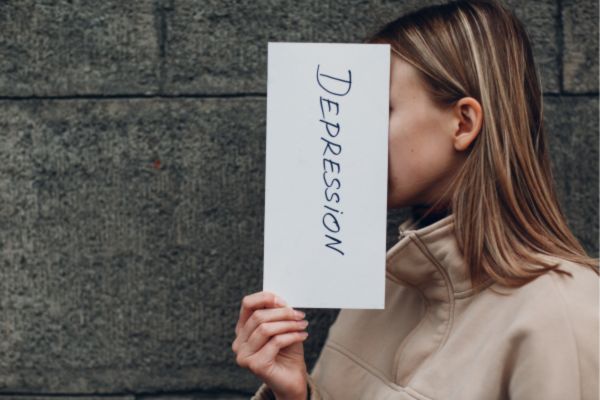- Roots Counseling & Wellness
A major mental health issue that impacts millions of individuals globally is depression. It is characterized by persistent depressive feelings, a loss of interest in or enjoyment from activities, changes to eating or sleep schedules, and difficulties focusing or making choices. Although everyone may occasionally feel down, depression is a chronic illness that may have a major negative influence on a person’s ability to function in everyday life.
Depression is a condition that can arise caused by several circumstances. Stressful life experiences, specific medical diseases, brain chemical imbalances, and hereditary genetic traits are a few examples of these. Additionally, depression may be more likely to strike someone with a history of mental health issues like anxiety or drug addiction. It is crucial to understand that sadness is caused by more than just a lack of willpower or personal weakness. It’s a complicated condition that has to be properly diagnosed and treated.
Usually, therapy and medicine are used in conjunction with the treatment of depression. Individuals who are depressed can benefit from cognitive-behavioral therapy (CBT), which is frequently used to help them recognize and alter harmful thought patterns and behaviors. Many other forms of therapy can be helpful for individuals battling with depression. Moreover, antidepressant drugs may be recommended to help control the brain’s chemicals and deal with symptoms.
It’s critical that those exhibiting depressive symptoms get treatment from a mental health expert. It is important to treat depression as a medical problem and not to minimize or dismiss it. People can learn to control their symptoms and enhance their overall quality of life with the correct care and help. Raising general knowledge and comprehension of depression is also essential in order to lessen stigma and encourage early intervention. Together, we can make the environment more encouraging for people who are depressed.
American Psychological Association. (2017). Clinical practice guideline for the treatment of depression across three age cohorts. APA Practice Guidelines.
Beck, A. T., & Alford, B. A. (2009). Depression: Causes and Treatment (2nd ed.). University of Pennsylvania Press.
Kessler, R. C., Bromet, E. J., & Walters, E. E. (1995). Prevalence of and risk factors for lifetime suicide attempts in the National Comorbidity Survey. Archives of General Psychiatry, 52(5), 409-417.

